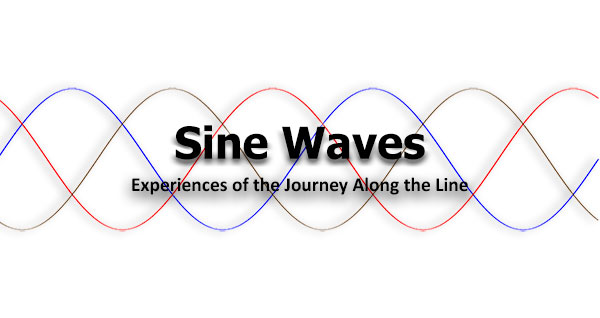Single Point Grounding is not new anymore and, for sure, a lively topic of discussion in any line room.
When I was a keen apprentice, I was lucky enough to work with some specialized safety engineering and trades trainers. The project was to prove how well pole bands would protect line workers on poles using single point methods.
It was 1977. We were in British Columbia on a location close to a substation. The instruments to measure, test and capture the data during the testing were high end and specific to the profile of the ignitions. The voltage was 12 KV phase to phase and, of course, 7200 to ground. The amplitude was varied to determine the speed and duration of the faults created. Capturing the data at the highest time ratio and amplitude before the breaker trip was the tricky part.
The poles used in the testing were an assortment of wooden poles from untreated to all the treatments used in the utility. The poles varied in species and ages since it was believed that the surfaces and pole band contact could vary. The pole band designs were very primitive in those days using wheel and lever type brackets at 75 pounds of surface tension. Connected to the ground lines were duckbill clamps of varied sizes.
The testing of the soil conditions took forever! Of course, in the end it was found to be that the wood poles and moisture contents mattered more for creating the equipotential zones.
Each pole was marked off by the foot and sensitive probes were driven in at different inch depths around the poles. The hypothesis was that wooden poles would behave much like conductors and the voltage and current would affect the outside of the wood, just like wire behaves.
Energizing lines that are connected to grounds and then photographing and recording the results was interesting to watch. It taught me to respect the energy and look out for grounds whipping violently. If the wire is not clean or the duckbills not tight it causes poorer fault clearing. The whole point was to confirm an equipotential zone safe between the hands and feet for linemen on the pole.
The voltage rise between the pole band and the wire in the zone stayed the same. The current on the pole was safe, as well, to the depth of gaffs. It was better if the poles were wet or the treatment conductive. The thing that became clear was that the tension of the pole band needed to be strong, squeezing the pole all the way around. Outside or below the pole band, depending on the grounds and soil resistivity, left step and touch potentials that were gradient in nature.
In the 1980’s, the data improved as more testing was done in the grounding and induction practices. The study of grounding and bonding and safe work practices has improved. Voltage testing and ground monitoring equipment is crucial to improve safe work practices on both overhead and underground distribution and transmission.
Having the opportunity to be involved with and experience the science and engineering experiments and testing is fascinating. Since our lives rely on knowing how to handle these lines, either dead or alive, it pays to continue to learn and pay serious attention to these subjects!
Bruce Masse – Trouble Technician

